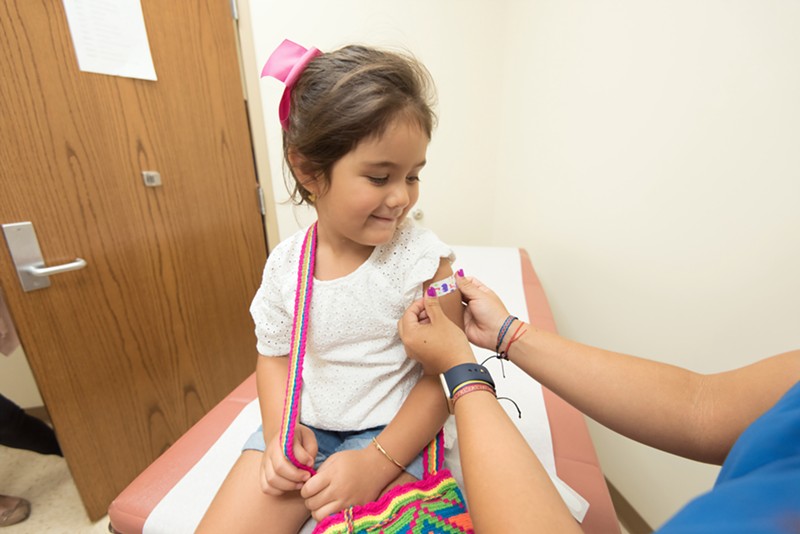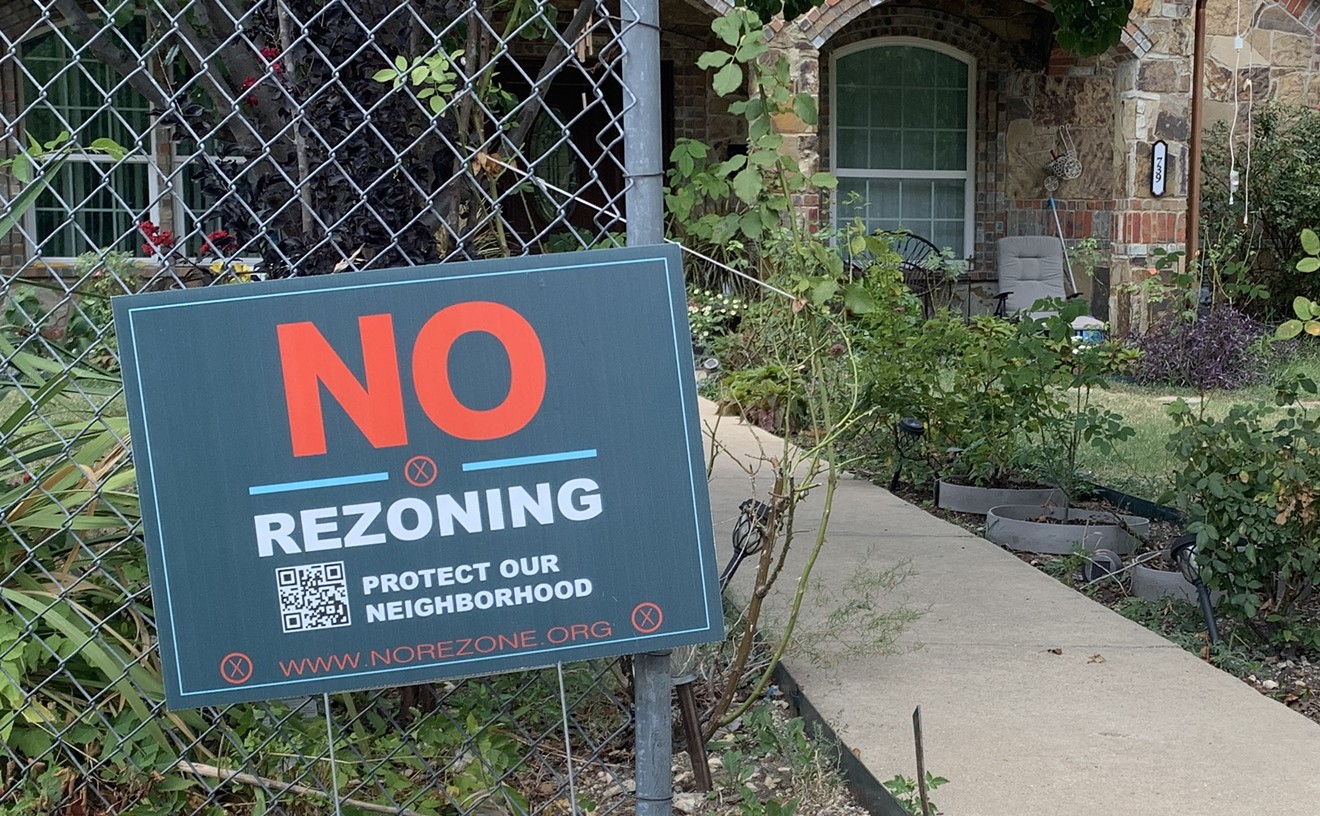This is why the county is getting ready to launch two campaigns to address vaccine hesitancy and to encourage parents to get their children vaccinated. The campaigns will cost tens of thousands of dollars and will be paid for by grants from the National Association of County and City Health Officials.
The vaccine hesitancy campaign will help ensure the county has the most up-to-date and accurate data regarding the issue within target populations. This will allow the county to contact people en-masse and hopefully combat any hesitancy they may have about inoculations. The other campaign, focused on childhood immunization, will aim to boost vaccinations among children under five by encouraging parents to bring their kids to back-to-school events where they’ll be able to get them up to date on their vaccines at no cost.
From 2021 to 2022, the county saw a 1.26% drop off in immunization rates for the measles, mumps and rubella vaccine. There are even greater declines in vaccinations on a national level. According to the county, these trends are visible in most childhood immunizations within Dallas County. This may seem like a small figure, but Huang said it includes a lot of people across the county. Additionally, he said the decline is even higher in certain subpopulations in the region. Aside from the statistical drop, this development is notable to Huang simply because of the particular vaccinations that have now become less accepted.
“These are concerning because these have been well-accepted vaccines,” Huang explained. “Vaccines and childhood vaccines have been named one of the great public health accomplishments of the 20th century.”“Vaccines and childhood vaccines have been named one of the great public health accomplishments of the 20th century.” – Dr. Philip Huang, Dallas County
tweet this
The county's health and human services department also conducted a survey to assess COVID-19 vaccine hesitancy in 17 priority ZIP codes. The survey found that Black, Hispanic and refugee populations reported higher rates of vaccine hesitancy and an over-reliance on healthcare information from family and friends rather than from public health sources. As a result, Huang said, “You get a population group that has even higher unvaccinated rates, which make them very much at risk for vaccine-preventable disease.”
And Huang said he’s seeing an increase in these diseases. For example, pertussis is on the rise in the U.S., according to the Centers for Disease Control and Prevention. CBS News reported in February that more than 200 Dallas-Fort Worth-area schools were at higher risk of a measles outbreak as inoculation rates dropped. “They can have a significant impact,” Huang said.
Even more concerning is that this is a problem being seen nationally, Huang said. According to a paper published for the National Library of Medicine, the COVID-19 pandemic exacerbated low vaccines rates. Several studies analyzing 12 states showed that vaccine administration decreased by 32% for adults, 62% among infants and 96% among children, adolescents and teenagers when comparing 2019 and 2020 figures. On top of that, between January 2020 and July 2021, there was an estimated 37.1 million missed doses of routine vaccinations among adults and adolescents.
Huang said the county hasn’t yet been able to identify the exact reason for the decrease in vaccinations, but it's working on it. “What are the factors that account for this and how do we best address why people are making some of these decisions?” he said. “We’re working with some of the school districts to get more information on why people are making these choices so we can better address what issues are coming in.”
However, he said misinformation on social media can play a big part in people not getting vaccinated. “With social media, you can get a lot of misinformation out into large segments of the population, and there’s these echo chambers in certain subgroups,” Huang said. “We saw during COVID, just a lot of misinformation that’s been out there.” The idea that vaccines cause autism has gained more traction, for example, despite it's having been entirely discredited, he said.
Lack of medical insurance could also prevent people from getting their vaccines.
In a way, public health experts have been a victim of their own success when it comes to vaccinations. “You see pictures of what it was like when polio was around,” Huang said. “Rooms filled with iron lungs. Parents are afraid to have their kids go out to the swimming pools. We don’t have to experience that.”
Now, he said, “We have a whole generation now that hasn’t seen polio cases or some of these other vaccine-preventable diseases. So, people start to think. ‘Well, why do we need these vaccines anymore?’ But that’s because of the vaccines and how successful and how effective they are.”













